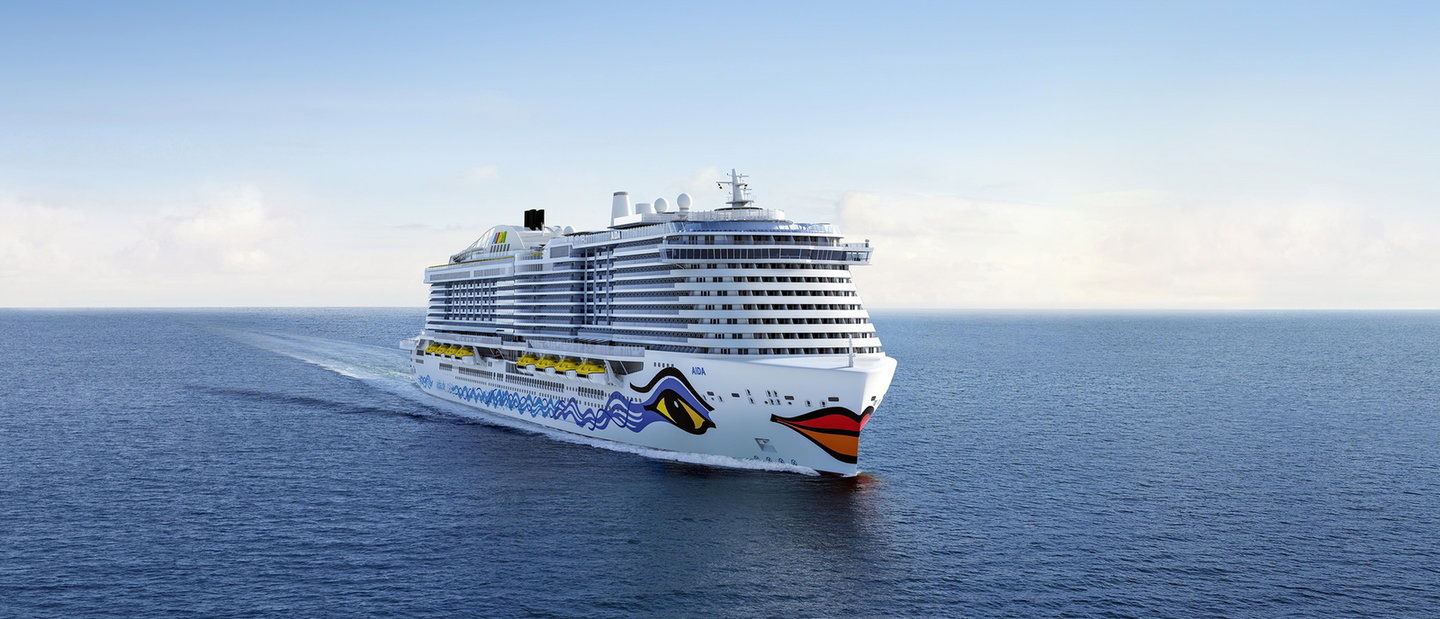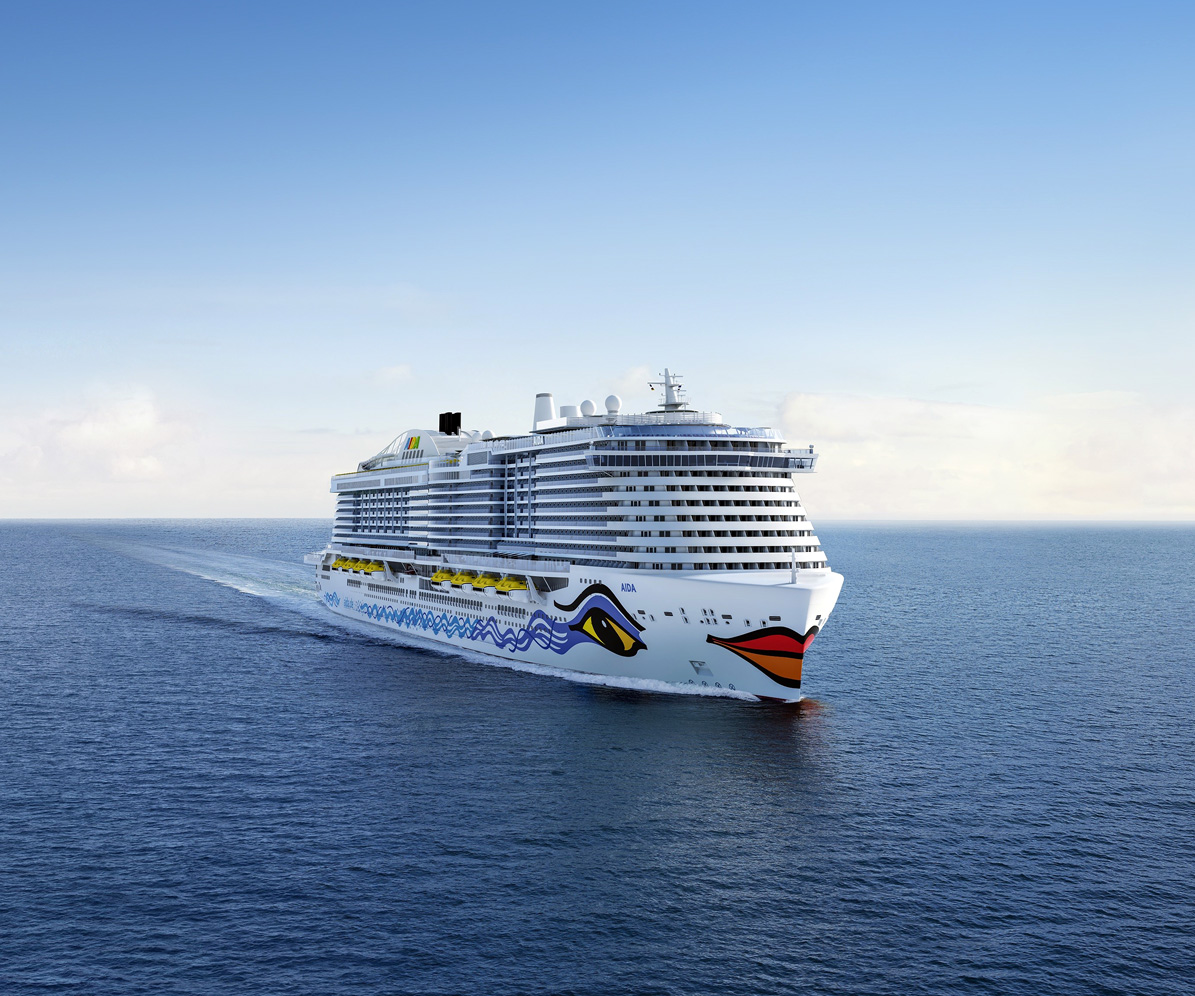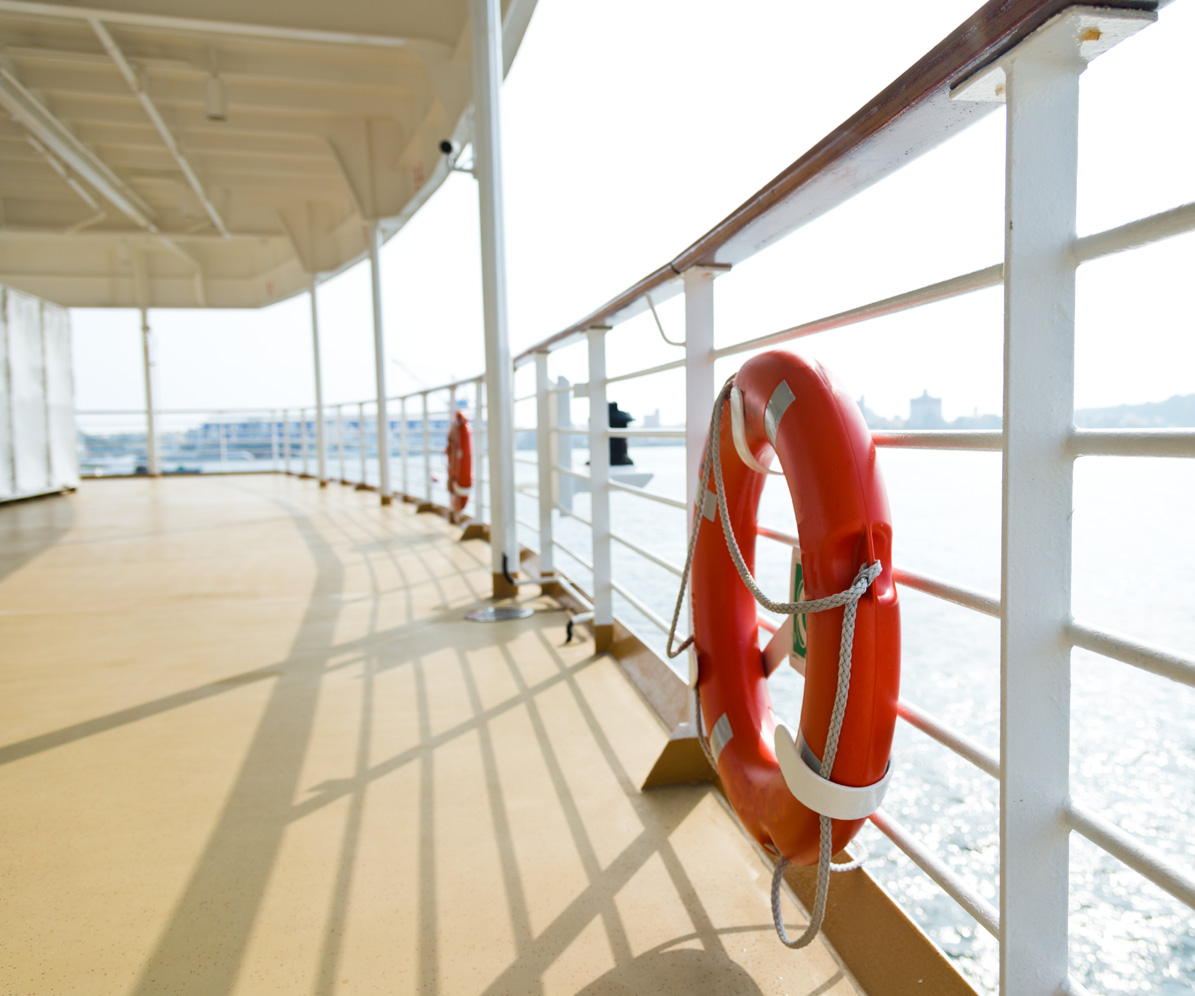Under the IMO’s ruling, ships will be required to carry fuel with a sulphur content of no more than 0.50% m/m from 2020, marking a significant reduction from the current volume (3.50% m/m). Switching to an LSFO will enable vessels to use conventional marine diesel engines, and negate the need to invest time and money in costly scrubber equipment.
LSFOs are already being used by cruise ships sailing through sulphur emission control areas (SECAs), which require vessels to cut their sulphur content to a stringent 0.10%. MSC Cruises, for example, uses low sulphur fuels on vessels sailing into European emission control areas (ECAs), in line with the European Union’s Sulphur Directive.
“LSFOs are already being used by cruise ships sailing through sulphur emission control areas”
Existing distillate fuels, including marine gas oil (MGO) and marine diesel oil (MDO), are generally cleaner and produce fewer pollutants than regular heavy fuel oils (HFOs). Nevertheless, the refining process often takes longer and is more expensive, meaning it can cost up to 50% more to produce.
The price of LSFOs could also be set to ramp up in step with demand as the 2020 deadline looms. A study by research consultancy CE Delft highlighted that demand for marine fuel with less than 0.5% sulphur will hit 233 million mt per year in 2020.
“Obviously there will be a far greater demand after 2020 so nobody really quite knows where the price point will be, but there's an expectation that the greater demand will have an effect on elevating the price,” says Salerno.
Shipowners are also uncertain as to whether enough low sulphur fuel will be available, given that ports serving existing ECAs have already reported shortages. Refiners such as Shell have promised that they are working to create new fuels to meet the increasing demand by blending existing fuels together. However, with the exact specifications for these new blends still unclear, marine engineers are not yet sure whether these fuels will be compatible with existing engines, or each other.
“What frightens me most about these new-generation fuels is that they’re incompatible,” said Carnival’s senior vice president for maritime affairs Tom Strang in an interview with Platts. “At the moment, I can go to a new port and load on top of the fuel I’ve already got.”
Meanwhile, head of environmental policy at Nabu, Dietmar Oeliger, says that blends that include HFOs will still present a risk to the environment.
“The important question for us is if the oil companies provide ‘real’ low sulphur fuels or blends,” he says. “For the marine environment HFO is a serious risk.”
Some industry speculators have claimed that LNG could spell a historic move away from HFOs altogether. Ships that combust LNG emit no dust, soot or particles. Using the fuel is expected to reduce sulphur emissions by more than 99% and nitrogen oxide emissions by up to 85%, compared to conventional HFOs.
While experts predict that now may be the tipping point for LNG, it’s less likely to be the method chosen for existing ships. Vessels would need to be fitted with new engines, capacity-sapping fuel storage and insulation equipment, which could come at an extortionate cost.
“Cruise lines are optimistic about the potential of LNG in their newbuilds, and have been among its early adopters in shipping”
Nevertheless, cruise lines are optimistic about the potential of LNG in their newbuilds, and have been among its early adopters in shipping. Salerno confirms that from a list of 48 new cruise vessels under development, 18 will by fuelled by LNG, including AIDAnova, the world's first LNG-powered cruise ship.
“Those ships will represent about 25% of the overall passenger carrying capacity in our members’ fleet,” says Salerno. “If you consider that 25% of all passengers going on member ships are going to be on ships that are fuelled by LNG, that’s quite a step change within the industry.”
Ports are currently investing in infrastructure to supply LNG to ships – the Port of Rotterdam, for example, has positioned itself as an LNG hub in Europe – but many still lack vital storage or refuelling capabilities. Nevertheless, as demand increases with time, Salerno seems confident that this could be a fantastic compliance method.
“We can fully expect that LNG fuelling will become more widespread throughout major ports in the world in the coming years,” says Salerno. “It’s a highly effective way of dealing with the sulphur problem. Like any new technology, there are some elements of it that need to be developed.”










































